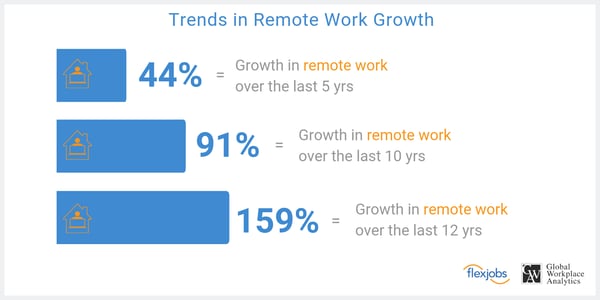Communications service providers are seeking ways to increase their competitive edge and accelerate their digital transformation. Their IT managers are under pressure to raise the performance bar to higher speed and scale despite reductions in budget and siloed legacy systems. Recent studies have shown that 90% of companies worldwide are currently utilizing some type of cloud service. From data storage to CRM applications and project management tools, organizations have shifted many of their business operations to the cloud. But what about service providers’ network management?
Despite the high take-rate for many enterprise cloud applications, the idea of managing all physical network data in the cloud remains a bit taboo for some organizations. The complexities of running a sophisticated network on a web-based application seems daunting still. However, there are numerous benefits available to companies who are adopting cloud infrastructure for their network management systems. From security to cost-savings, organizations around the world are experiencing major operational transformation and optimization from hosting their data in the cloud. Let’s dive into a few:
Resource Allocation
A 2016 survey conducted by Telecoms.com found the cost reduction in IT infrastructure and operating expenses is the most compelling benefit of cloud-based systems. The cost of and time spent installing and maintaining physical hardware and infrastructure can be crippling to an internal IT department whose resources can only be stretched so far. Rather than purchasing expensive systems and equipment, choosing a cloud-based architecture reduces server setup and maintenance cost and decreases the demand on IT.
IT managers are under pressure to raise the performance bar to higher speed and scale despite reductions in budget and siloed legacy systems. Cloud-based systems can alleviate pressure by freeing up IT staff and resources from the burden of routine system maintenance, allowing them to contribute to revenue bearing projects and services. In fact, one study shows that 50% of cloud adopters required fewer internal IT resources.
Storing data in the cloud is also a great way to decrease energy consumption, saving organizations money and supporting more sustainable operations.
Scalability
Workloads fluctuate as market demand shifts, causing the number of active system users and data storage requirements to increase or decrease periodically throughout a project’s lifespan. Implementing a network management system that can easily scale up or down depending on the project demands is critical to ensuring operational efficiency. Unlike older infrastructure which requires duplicate databases or additional Citrix boxes to successfully handle larger projects, cloud infrastructure scales on demand. This ability to easily and rapidly scale to each specific job allows organizations to effortlessly increase data storage capacity, add system users, and ramp up computing power to successfully and efficiently manage projects of all sizes.
Accessibility
In an industry that runs on data, literally, service providers and engineering firms have a fundamental need to be able to access their network data when and where necessary. Cloud computing makes achieving this goal easy because it enables mobility. Running web-based applications makes data accessible anytime, anywhere. This allows for near-real-time updates on the network at any stage, keeps the data records accurate and up-to-date, and supports rapid reaction to business demands.
Check out the examples below to see how critical easily accessible data has been during the recent mandate for remote officing.

In a study conducted by Condeco Software, 41% of global businesses surveyed say they already offer some degree of remote working, while 60% provide flextime opportunities that allow employees to choose when to start and end their workday. Upwork’s “Future Workforce Report” predicts that 73% of all teams will have remote workers by 2028. While many telecom operators have been investigating how to operate with cloud applications, remote officing may well bring the advantages and mitigation of risks to the tipping point where the business case is unchallenged.

As the graphs show, between March 6 and April 27, 3-GIS kept our customers online continuing to plan, construct, and manage their physical networks. In fact, several of these businesses had as much as a 3.75% increase in the number of users on our system. Not only did our customers keep operational continuity during this time, but the risks associated with on-site system access were mitigated because 3-GIS is a web-based system.
Data Portability
Companies in every market around the world should actively be considering ways to capitalize on the value of their data. Organizations managing telecom networks that depend on accurate and up-to-date data to effectively operate their network and service their customers should make it an even larger priority. Being able to easily share data between applications across the organization is a crucial part of efficient business operations. By having physical plant data in the cloud, network operators can easily share data across downstream systems including fulfillment, billing, and CRM applications - promoting streamlined enterprise-wide collaboration and productive and profitable operations.
By managing their physical network assets with cloud service applications, CSPs can gain visibility into their deployment projects and the availability of their network resources. And using cloud infrastructure CSPs can improve security, data privacy, and compliance operations while maintaining control and scalability. Ultimately, as CSPs deliver more cloud-based products and services, enabling these services with cloud-based OSS and BSS solutions can only further increase operational efficiencies and revenue realization by introducing a more flexible deployment model.


